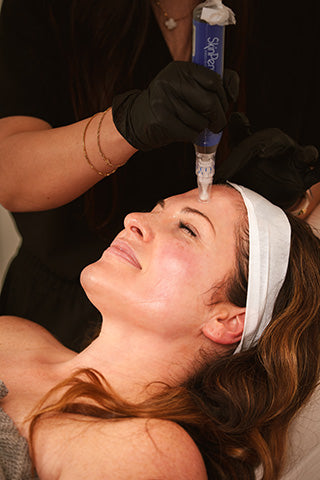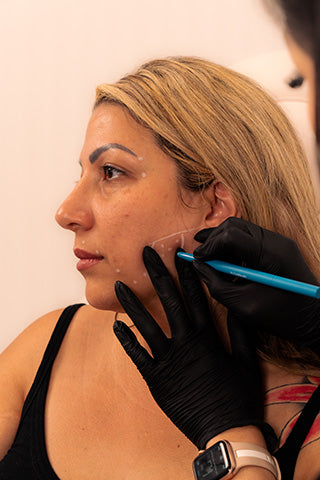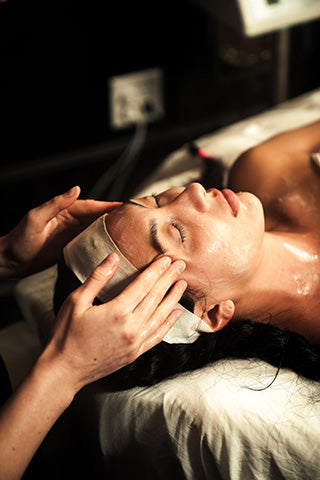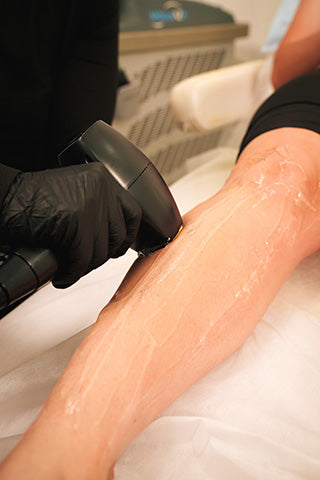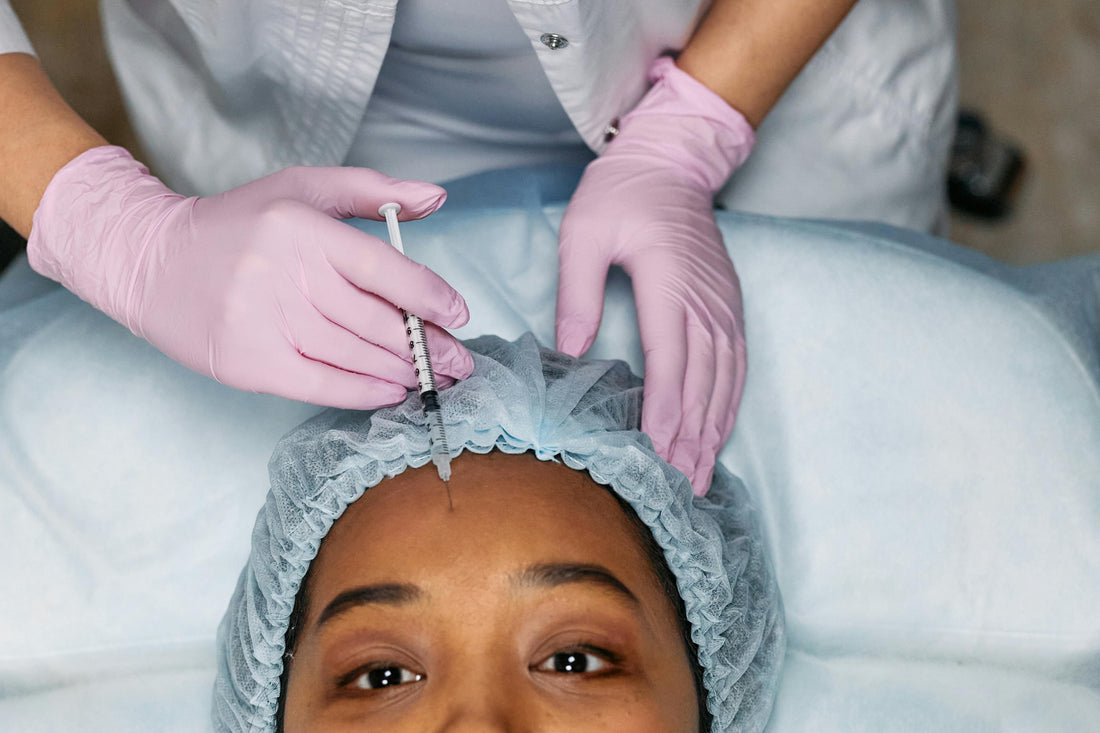As someone who has spent years in the field of beauty and aesthetics, I've often been asked about the differences between Botox and dermal fillers. Both are excellent options for rejuvenating the skin and reducing the signs of aging, but understanding which one suits your needs can make all the difference. Let's explore the key distinctions to help you make an informed choice.
What Is Botox?
Botox is a purified protein derived from botulinum toxin type A. When injected in small amounts into specific facial muscles, it temporarily relaxes them. This relaxation reduces the appearance of wrinkles caused by muscle movements, such as frown lines, crow's feet, and forehead creases. For a deeper look into how Botox works and its applications, you can read this article on Medical News Today.
What Are Dermal Fillers?
Dermal fillers are gel-like substances injected beneath the skin to restore lost volume, smooth lines, and enhance facial contours. They're commonly made of hyaluronic acid, a substance naturally found in our bodies, but can also include other materials like calcium hydroxylapatite or poly-L-lactic acid. Fillers are effective for treating wrinkles that are present even when your face is at rest and for adding volume to areas like the cheeks, lips, and under-eye hollows. To learn more about the types and uses of dermal fillers, you may refer to this comprehensive guide.
Key Differences Between Botox and Dermal Fillers
While both treatments involve injections and aim to reduce signs of aging, they work differently and target different concerns. For an in-depth comparison of the differences between Botox and fillers, consider reading this informative article.
Mechanism of Action
Botox relaxes muscles to prevent wrinkles caused by facial expressions. On the other hand, dermal fillers add volume to plump and lift the skin.
Treatment Areas
Botox is typically used for lines on the upper face, think forehead lines, the "11s" between your eyebrows, and crow's feet around the eyes. Fillers are usually applied to mid-to-lower face concerns, like enhancing cheek volume, plumping lips, and smoothing nasolabial folds.
Duration of Results
Botox effects typically last 3–4 months. Dermal fillers can last from 6 months up to 2 years, depending on the type of filler used and the area treated.
Which Injectable Is Right for You?
Choosing between Botox and dermal fillers depends on the specific concerns you want to address. If you're noticing wrinkles that deepen when you smile or frown, Botox might be your go-to. If volume loss or deep lines that are present even when your face is relaxed are bothering you, dermal fillers could be the answer.
I've seen patients who benefit from a combination of both treatments. It's like customizing a recipe to suit your taste, sometimes a little of both ingredients creates the perfect result.
It's essential to consult with a qualified healthcare professional to assess your individual needs and determine the best treatment plan. They can provide personalized recommendations based on factors like your skin condition, medical history, and aesthetic goals.
Conclusion
Both Botox and dermal fillers offer valuable solutions for addressing signs of aging. Understanding their differences is key to achieving the results you desire. By consulting with a specialist, you can make an informed decision and select the treatment that aligns best with your cosmetic objectives. Remember, the goal is to enhance your natural beauty, not change it entirely, unless you're aiming for that surprised look when you catch yourself in the mirror!
Statistics and Market Trends
-
Over 7.4 million Botox treatments and 2.6 million dermal filler treatments were performed in the U.S. in 2024.
-
Botox injections increased significantly between 2000 and 2020, reflecting a growing interest in non-surgical cosmetic procedures.
-
Soft tissue filler injections also saw a substantial rise, and the global dermal filler market was estimated at $5.5 billion USD in 2024, with a projected annual growth rate of over 10% in the coming years.
Demographics of Patients
-
Botox: A majority of patients are between the ages of 40–54, but there's a noticeable number of individuals 55 and up, as well as those in their 30s.
-
Dermal Fillers: Similar trends are seen with fillers, with many recipients in their 40s and 50s, and a growing number of younger patients seeking preventative treatments.
Note: Always ensure treatments are administered by licensed professionals to minimize risks and achieve optimal results.
